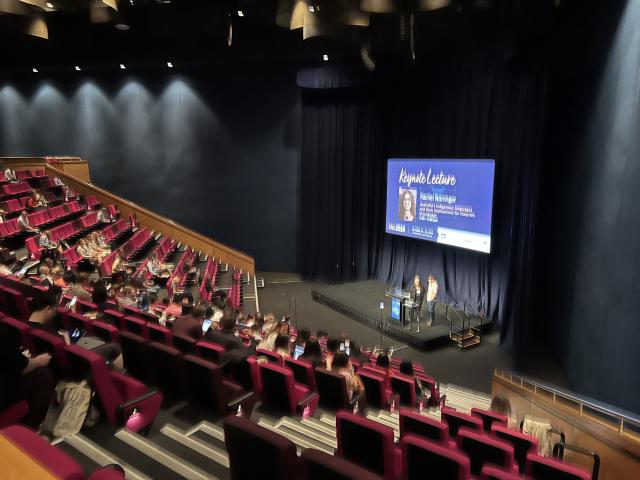Research News Details

Language and communication
Humans create a society through communication, and language is its powerful tool to convey feelings and move people. Elucidation of the neural bases of these functions and their acquisition is expected to contribute to understanding humanity and to educational applications.
202410.24 Exploring Brain Activity with fMRI: Effects of Multimodal Input on Language Learning (Poster Presentation) Posted in RESEARCH
Attachments



What mechanisms support reading comprehension in a second language (L2), and how does multimodal information—such as simultaneous audio and text—enhance understanding? Moreover, how do learners with higher working memory make use of this information? To answer these questions, we conducted an fMRI study in collaboration with Professor Kajiura from Nagoya City University, presenting our findings at the Society for the Neurobiology of Language conference held in Brisbane, Australia, from October 24-26, 2024.
In this study, Japanese university students processed information in their native language (L1) and L2 under three conditions: audio-only, text-only, and simultaneous audio-text input. We observed their brain activity and examined the roles of working memory and attention inhibition abilities. The results showed that, during L2 reading, brain regions involved in integrating audio and visual information (such as the superior temporal gyrus and angular gyrus) were more active than in L1 reading, suggesting that multimodal input supports comprehension in L2. Additionally, learners with higher working memory showed stronger integration of information, indicating that personalized multimodal strategies could be especially effective for L2 learning. These findings highlight the potential of multimodal approaches in second language acquisition, attracting considerable interest from conference attendees. (Jeong)
Society for the Neurobiology of Language (neurolang.org)